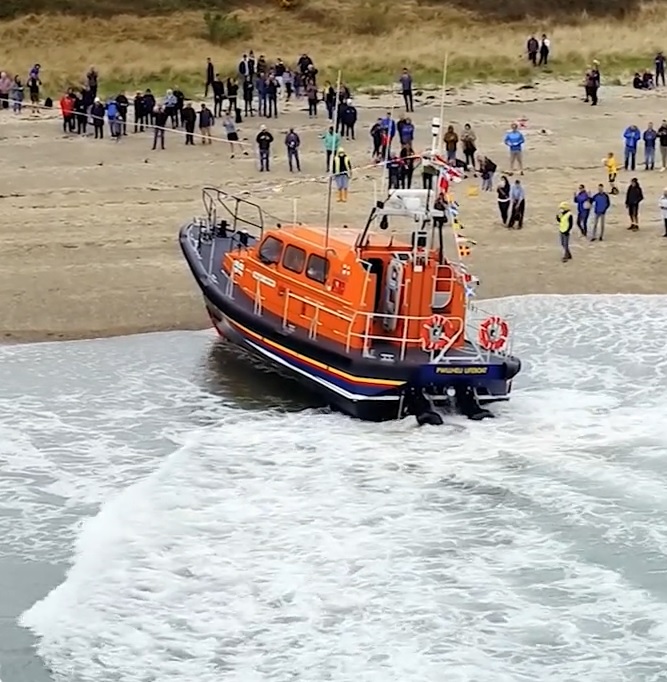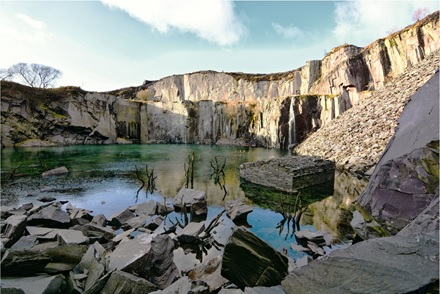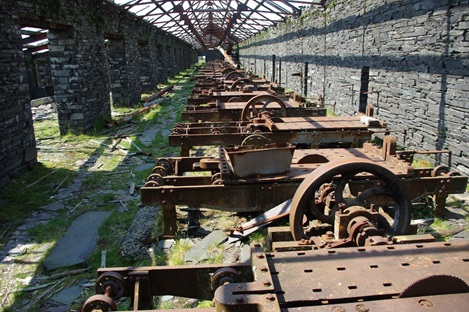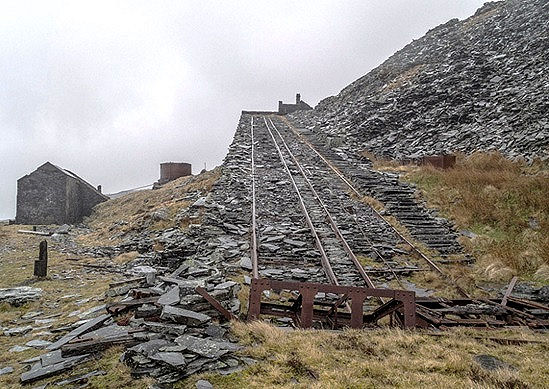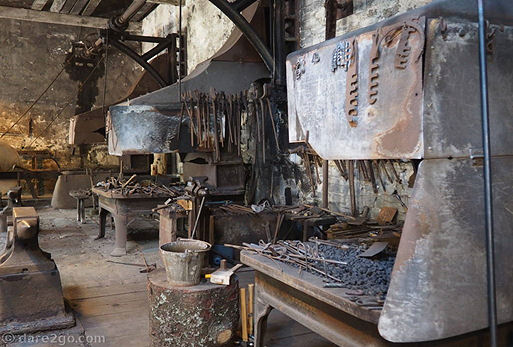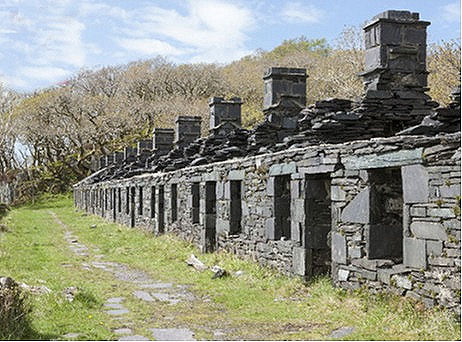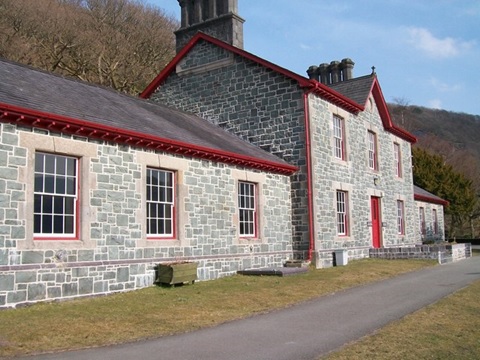Lifeboat rescue
The Royal National Lifeboat Institution (RNLI) was formed in 1824.
There are currently thirty lifeboat stations in Wales.
The history of the RNLI in Wales is long and remarkable.
The most dramatic rescues have involved ships in difficulty around the Welsh coast.
One of the most difficult rescues involved the Criccieth lifeboat which was called out to help the sailing ship Spanker in 1885.
The ship was travelling from Jamaica to Liverpool and struck the coast off Morfa Harlech.
It was a dark and stormy night.
The lifeboat went out to the wreck, powered by 10 men with oars.
The wreck was in total darkness and the lifeboat had to wait at sea until dawn.
The ship had now broken in two but seven men were seen clinging to the remains of the rigging.
These men were rescued, the lifeboat returned to shore and the rescued men were looked after by the people of Criccieth.
In 1890, 27 passengers and crew were rescued from the ship Loch Shiel by the Angle lifeboat.
It was impossible for the lifeboat to get alongside the ship which had run onto rocks below the cliff.
Crew members were put ashore and climbed along the cliff to the Loch Shiel, to pass a rope to the ship.
The greatest disaster for the lifeboat service in Wales was the loss of the Mumbles lifeboat and its crew in 1947.
The lifeboat was launched to help the cargo ship Samtampa.
The ship had lost power during a storm and was washed onto the shore, where it broke into three sections.
It is believed that the lifeboat came close to collect survivors, when a huge wave hit the ship and it rolled over on top of the lifeboat.
In 1963, a hovercraft was rescued by Rhyl lifeboat.
The hovercraft was being tested at sea when it got into difficulties.
In another unusual incident the Tenby lifeboat rescued the crew of a lightship in the Severn Estuary.
At the present day, helicopters can assist lifeboat crews during rescues.
RNLI lifeguards protect many of the popular beaches in Wales, and many rescues are by small inshore lifeboat.
Rescues often involve pleasure boats and small fishing craft.
Inshore lifeboats are also called out to people trapped below cliffs by the tide or who have fallen from the cliff path.
Translate the sentence:
The Royal National Lifeboat Institution (RNLI) was formed in 1824.
Suggested translation: (a number of alternatives acceptable)
